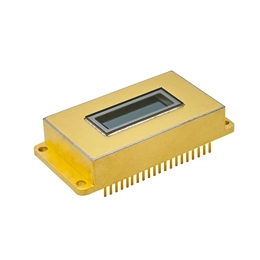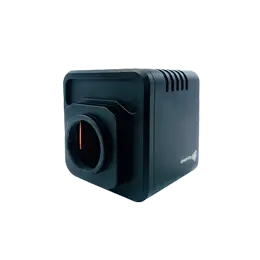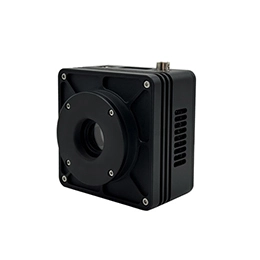
In the fast-paced world of technology, innovations are constantly reshaping industries. One of the most groundbreaking advancements in recent times is the introduction of CMOS linear image sensors. These tiny devices have revolutionized machine vision systems, paving the way for highly efficient and accurate visual detection and inspection processes. In this blog, we will explore the incredible capabilities of CMOS linear image sensors and understand how they are transforming the landscape of machine vision.
CMOS Linear Image Sensors, also known as CMOS linear cameras, are solid-state imaging devices that convert light into electrical signals. They consist of an array of pixels arranged in a single line, enabling the capture of images in a linear manner. These sensors offer several advantages over their CCD counterparts, such as lower power consumption, better color reproduction, and faster readout speeds.
Machine vision system rely heavily on the accuracy and speed of image processing. CMOS linear sensors excel in this aspect, allowing for real-time inspections and analysis. These sensors can capture high-resolution images with exceptional detail and minimal noise, enabling precise detection of even the tiniest defects or abnormalities in production lines. With their fast readout speeds, CMOS linear sensors facilitate seamless integration into high-speed manufacturing processes, making them indispensable tools for quality control.
Over the years, CMOS linear image sensors have undergone significant advancements, enhancing their performance and usability. The integration of advanced technologies such as backside illumination (BSI) and global shutter has further improved image quality and eliminated motion artifacts. BSI technology allows more light to reach the photodiodes, resulting in enhanced sensitivity and reduced noise. Global shutter enables simultaneous exposure of all pixels, eliminating motion blur in rapidly moving objects. These advancements make CMOS linear sensors ideal for a wide range of applications, from pharmaceutical inspections to food packaging.
As the demand for high-quality imaging in machine vision systems continues to grow, the future of CMOS linear sensors looks promising. Ongoing research and development aim to further enhance sensor performance, including increased resolution, dynamic range, and sensitivity. With advancements in artificial intelligence and deep learning algorithms, CMOS linear image sensor could potentially enable machines to autonomously detect and analyze complex patterns and structures, expanding their applications across various industries.
In conclusion, CMOS linear image sensors have ushered in an imaging revolution in the field of machine vision systems. Their exceptional capabilities, including high resolution, fast readout speeds, and advanced features, have transformed the way visual inspections and detection are conducted. With continued advancements and potential developments on the horizon, CMOS linear sensors are poised to play an even more significant role in shaping the future of machine vision technology.



